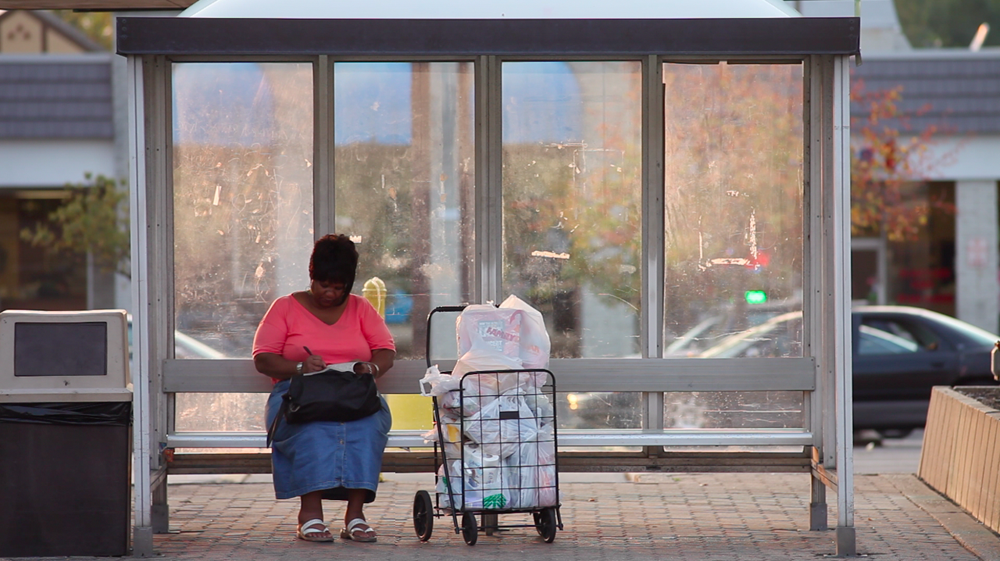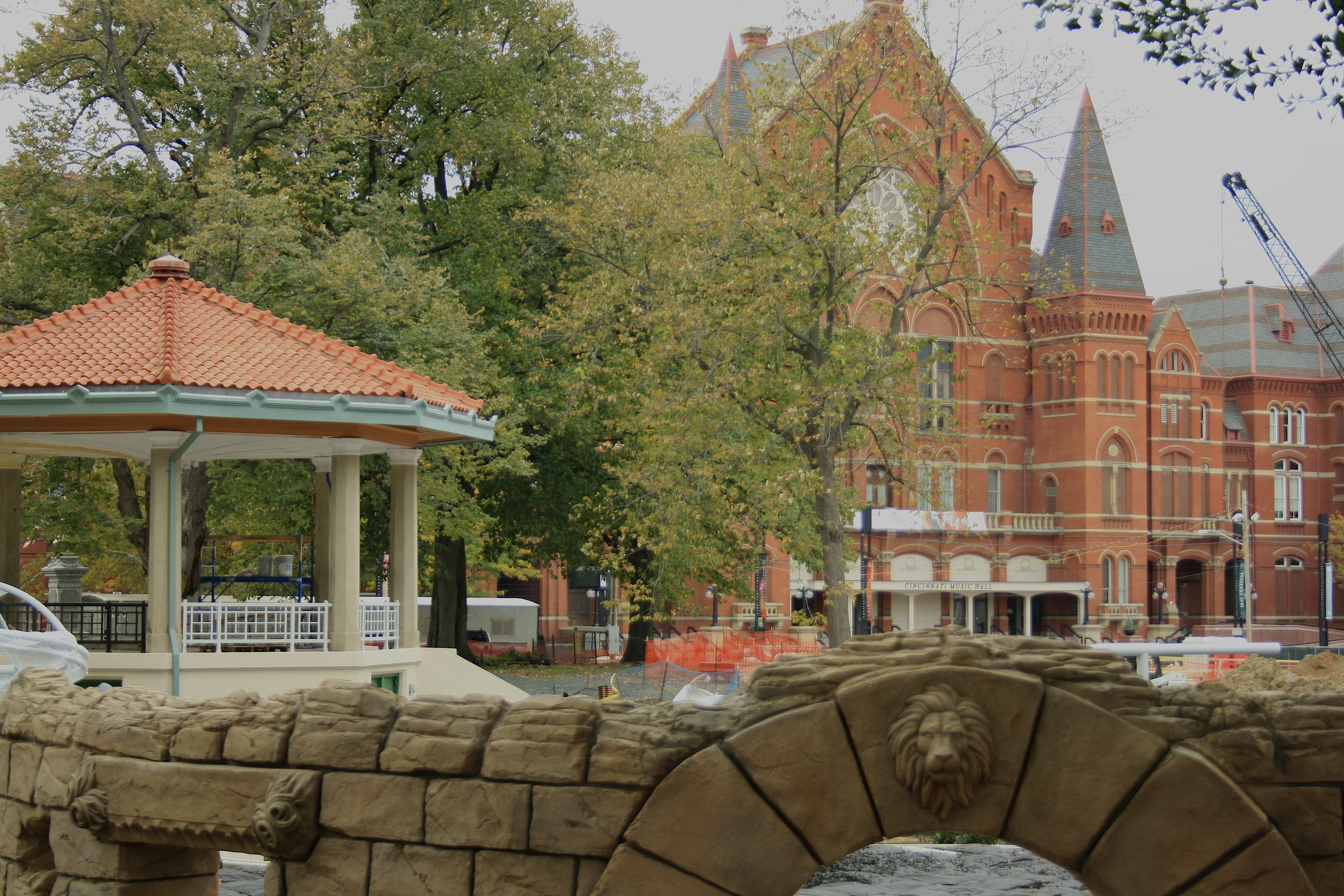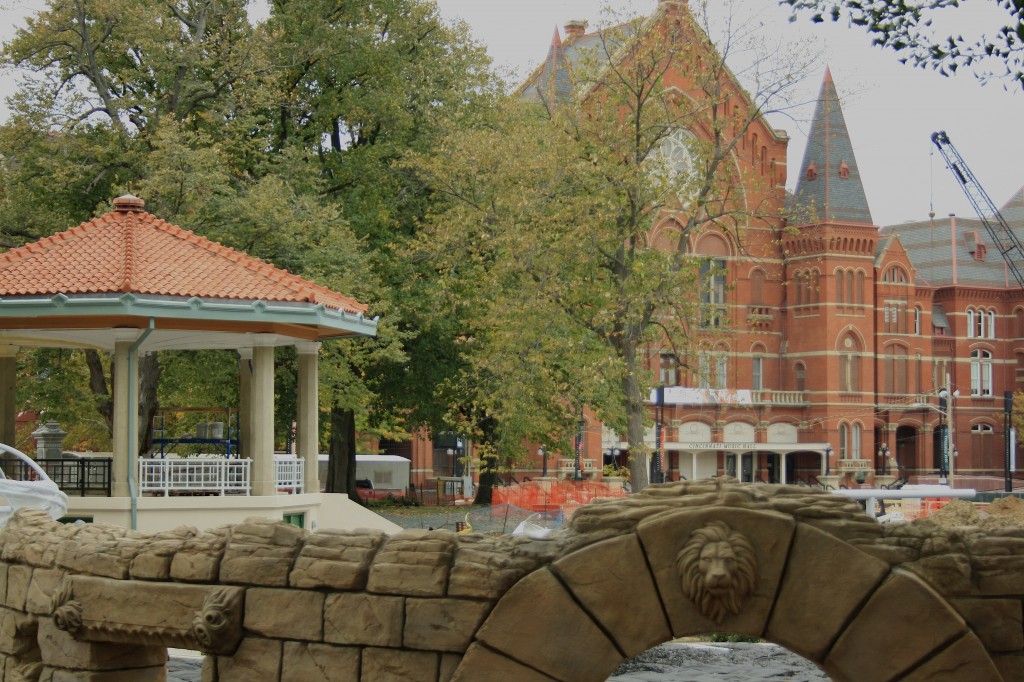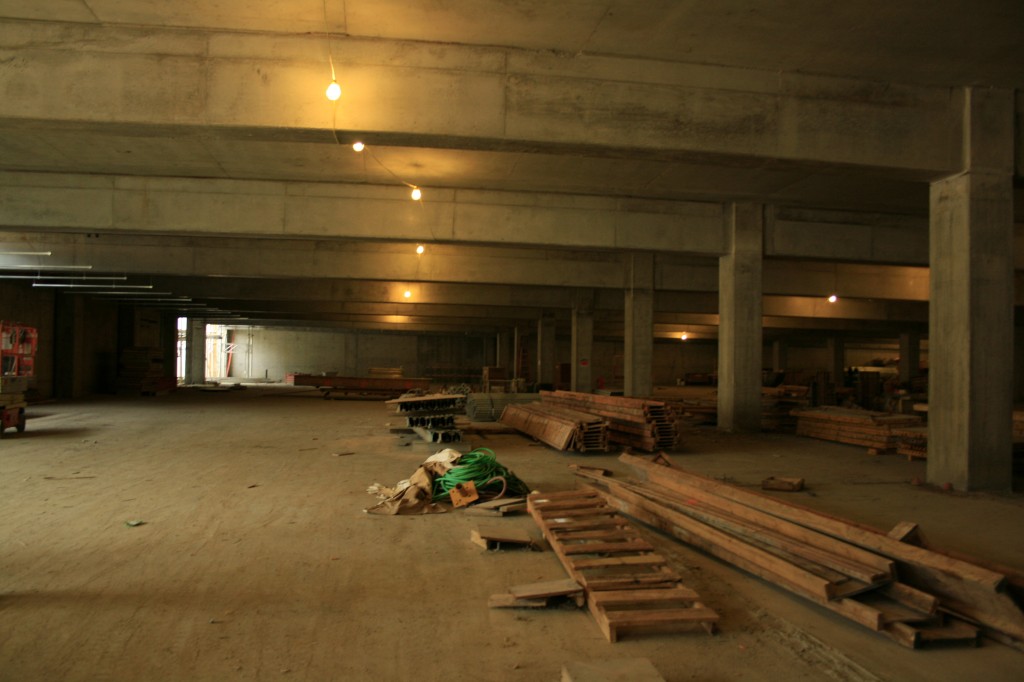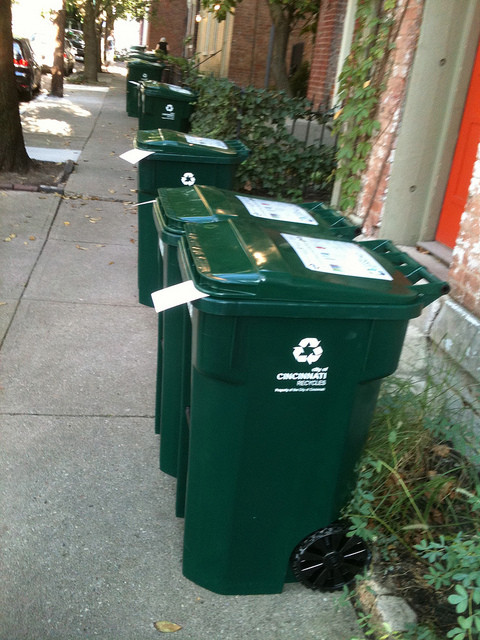City and neighborhood leaders gathered in Price Hill yesterday to celebrate the designation of Cincinnati’s third Community Entertainment District (CED). The new CED will cover the Incline District and is expected to facilitate redevelopment efforts ongoing in the neighborhood.
Price Hill was required to go through an application process in order to receive the CED designation which requires that an area include entertainment, retail, sporting, cultural, and/or arts establishments.
Once the designation is in place it allows new restaurants to open with a liquor license thus reducing startup costs by an estimated $30,000. Nine additional liquor licenses will be up for grabs in the new Price Hill CED.
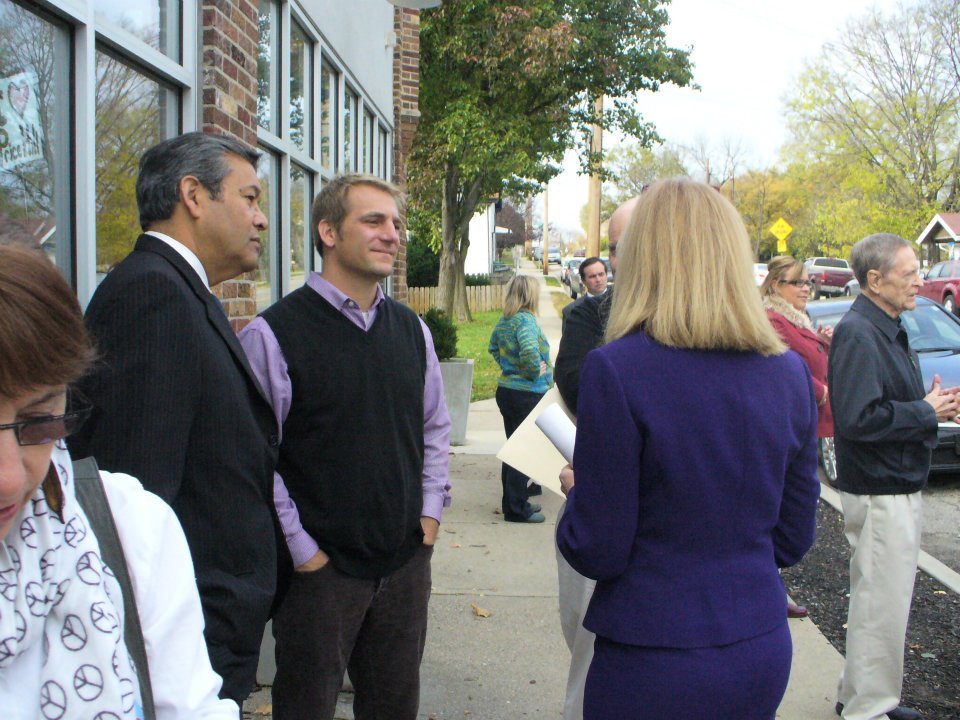
City and neighborhood leaders gather in Price Hill to celebrate the CED designation. Image provided.
“We decided to pursue the CED designation after seeing its potential to free up capital for smaller restaurateurs,” Diana Vakharia, director of operations at Price Hill Will, told UrbanCincy. “The costs of installing a commercial kitchen and other upgrades are burdensome enough.”
Vakharia said that the tools and resources provided with the designation will help Price Hill better compete in the initial years of economic revitalization taking place there.
In addition to the $50 million Incline Square development, a new residential development called The Flats reached 100 percent occupancy in 60 days, and the area is also soon house the region’s second Bayou Fish House location. Price Hill Will officials also say that property owners are in negotiations with another potential restaurant.
In total, the 48-acre Price Hill Community Entertainment District includes more than 70,000 square feet of commercial space available within existing and potential new structures.
In addition to Price Hill, Pleasant Ridge received the CED designation with the help of Cincinnati City Councilmember Laure Quinlivan (D) last December. Two other CED designations exist in downtown Cincinnati along the central riverfront for The Banks.
City officials say that neighborhood leaders in Over-the-Rhine, Northside and Madisonville are also working on applications to receive the coveted designation.
“Helping neighborhoods thrive and grow is my goal,” Councilmember Quinlivan said. “It’s going to be exciting to see what happens in the Incline District now.”

